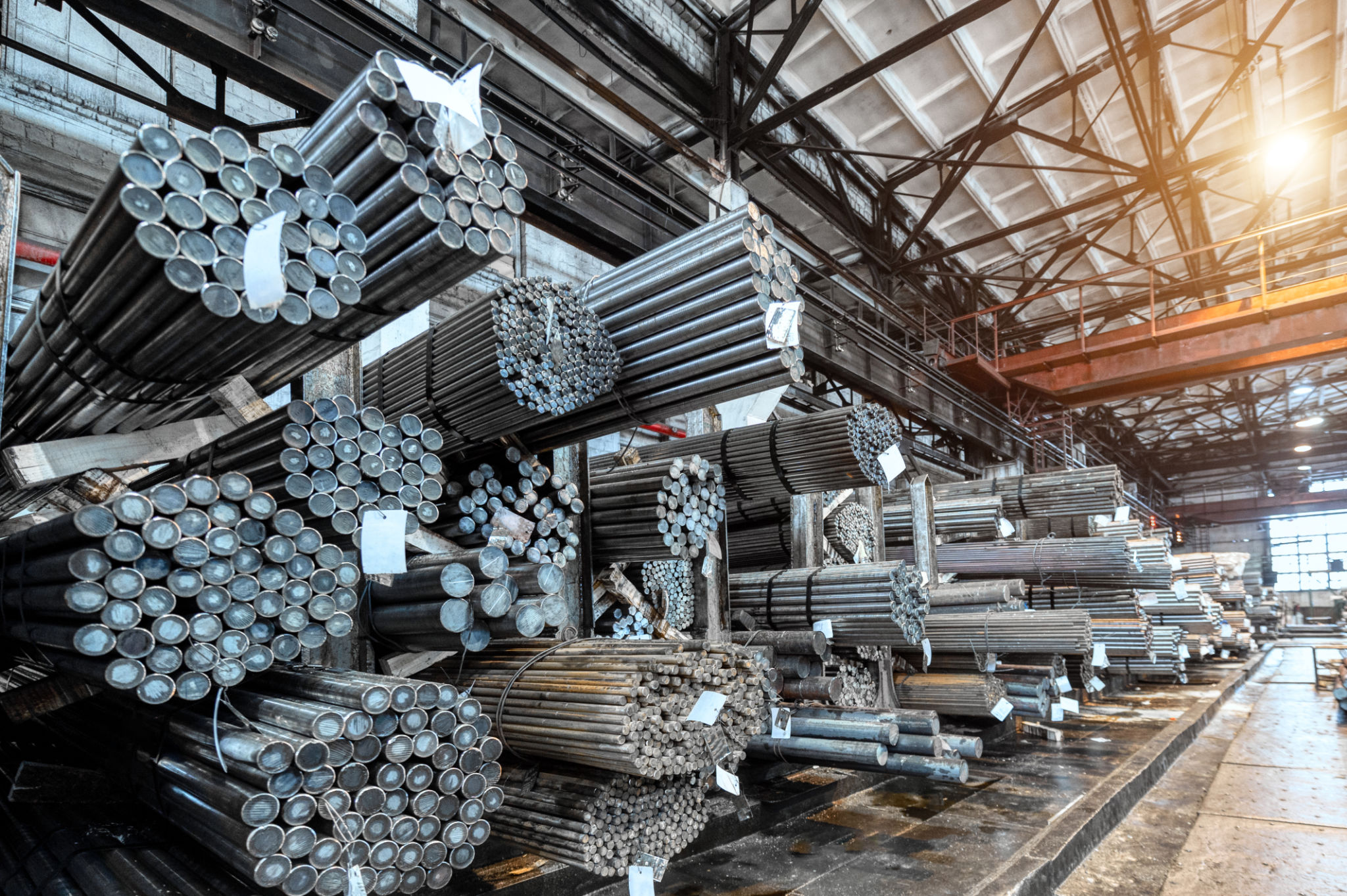Comparing Piping Materials: Which is Best for Your Project?
Understanding the Basics of Piping Materials
When embarking on a new construction or renovation project, one of the critical decisions you'll face is selecting the right piping material. The choice of piping can significantly impact the project's overall cost, durability, and functionality. There are several materials available, each with its unique set of advantages and drawbacks. Understanding these options can help you make an informed decision that best suits your project's needs.
Piping materials commonly include PVC, copper, PEX, and galvanized steel. Each material has specific characteristics that make it suitable for different applications. Factors such as cost, ease of installation, longevity, and environmental conditions play a crucial role in determining the best option for your project.

Exploring Popular Piping Options
PVC (Polyvinyl Chloride)
PVC pipes are widely used due to their affordability and ease of installation. They are lightweight and resistant to corrosion and chemical damage. PVC is often used in residential plumbing for drain, waste, and vent systems. However, it is not suitable for hot water applications as it can warp under high temperatures.
Copper
Copper piping is known for its durability and long lifespan. It is resistant to corrosion and can handle both hot and cold water. Copper is often used in residential and commercial plumbing systems. Despite its advantages, copper can be expensive and requires skilled labor for installation, making it a higher-cost option compared to other materials.

The Rise of Modern Alternatives
PEX (Cross-linked Polyethylene)
PEX piping has become increasingly popular due to its flexibility and ease of installation. It is resistant to scale build-up and corrosion and can handle both hot and cold water. PEX is suitable for residential plumbing and radiant heating systems. Its flexibility allows for fewer fittings, reducing the potential for leaks. However, PEX should not be exposed to direct sunlight, as UV rays can degrade the material over time.
Galvanized Steel
Galvanized steel pipes were once a popular choice for water supply lines due to their strength and durability. However, they are prone to corrosion over time, which can lead to reduced water flow and pipe failure. While galvanized steel is still used in certain industrial applications, it has largely been replaced by more modern materials in residential plumbing.

Key Considerations for Your Project
When choosing a piping material, consider the specific needs of your project. Important factors include:
- Budget: Evaluate the cost of materials and installation.
- Durability: Consider the lifespan of the material and resistance to damage.
- Environmental Conditions: Assess temperature ranges and exposure to chemicals or sunlight.
- Ease of Installation: Determine if specialized skills or tools are required.
By weighing these factors, you can select a piping material that aligns with your project's goals and constraints.
Conclusion: Making the Right Choice
The decision on which piping material to use should be based on a comprehensive evaluation of your project's requirements. While cost is an important consideration, don't overlook factors such as durability, ease of installation, and suitability for the intended application. Consulting with a plumbing professional can provide valuable insights and help ensure that you choose the best material for your needs.
